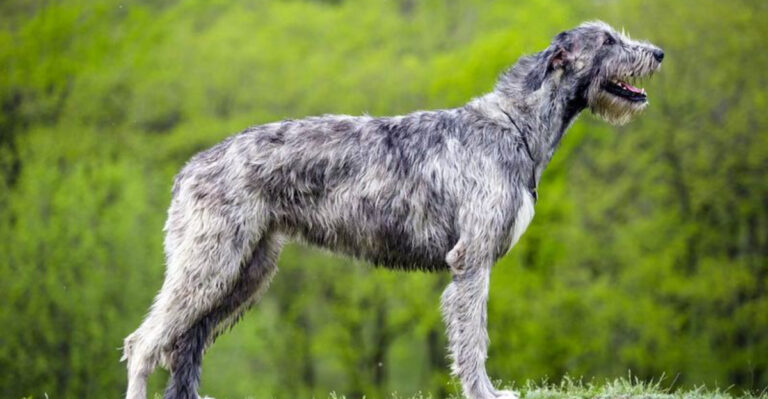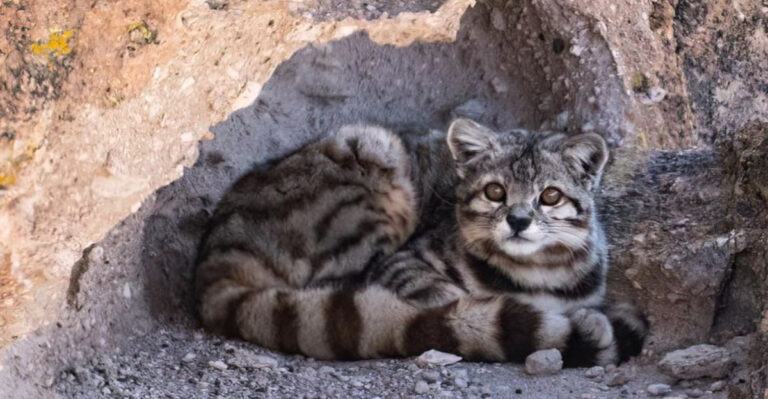14 Essential Facts Hunters Should Know About Aoudad

Ever wondered what makes aoudad hunting such a thrilling challenge? These rugged mountain sheep, also called Barbary sheep, have become popular game animals across the American Southwest.
Whether you’re planning your first aoudad hunt or looking to improve your success rate, understanding these magnificent animals is key to a rewarding experience.
1. Mountain Masters
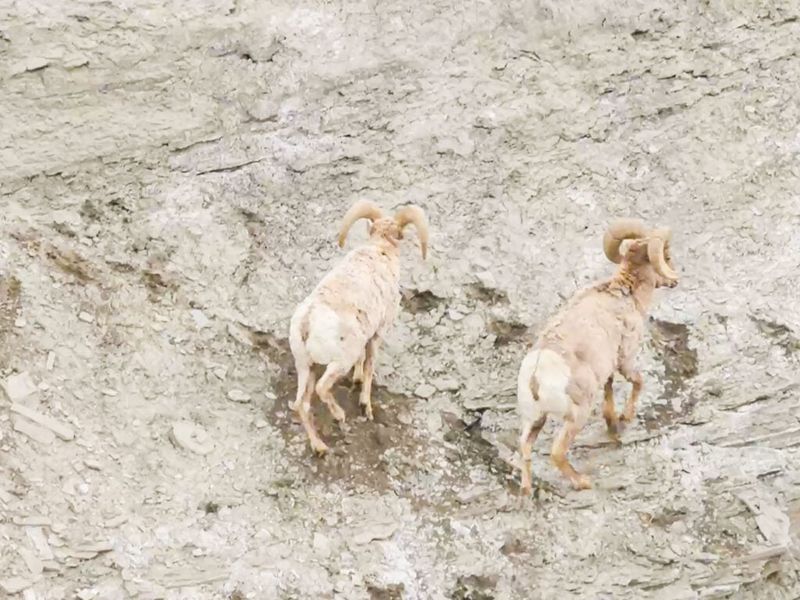
Watching aoudad navigate near-vertical cliff faces will leave your jaw hanging. These nimble creatures can bound up rocky slopes that would make mountain goats jealous.
Their specialized hooves have soft centers surrounded by hard rims, providing exceptional grip on precarious terrain. This remarkable climbing ability means hunters should always look up – way up.
2. Eagle-Eyed Sentinels
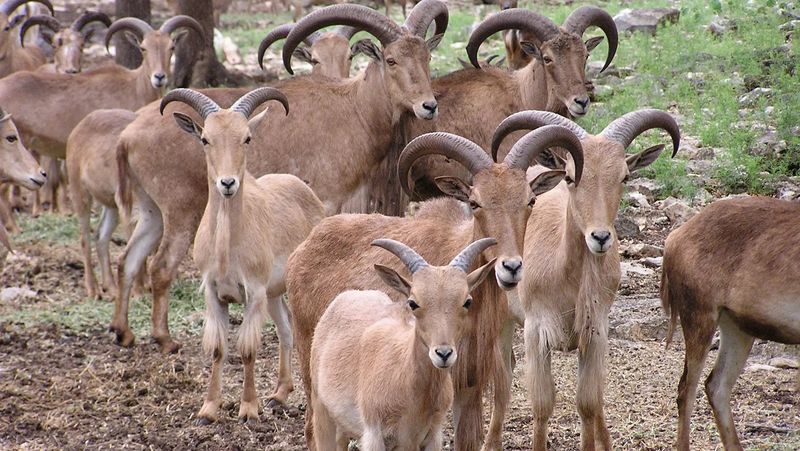
Got fancy camo? These sheep might still spot you from a mile away. Aoudad possess vision comparable to high-powered binoculars, detecting the slightest movement across vast distances.
Females typically act as lookouts while others feed. Their incredible eyesight, combined with a constant state of alertness, makes them one of North America’s most challenging introduced game species.
3. Wind Readers

Think deer have a good nose? Aoudad can detect human scent from astonishing distances. Their olfactory abilities rival those of whitetail deer, making scent control absolutely critical.
Always approach from downwind. Even the slightest breeze carrying your scent will send entire herds sprinting for miles without looking back. Many successful hunters consider wind direction before anything else.
4. Beard Envy

Those magnificent throat manes aren’t just for looks! Both male and female aoudad sport distinctive hair cascading from their throat and chest, though males grow much more impressive “beards.”
Trophy hunters prize animals with fuller, longer throat manes. These beards serve practical purposes too – protection during fights and insulation against harsh desert temperatures. Age typically correlates with beard development.
5. Marathon Runners
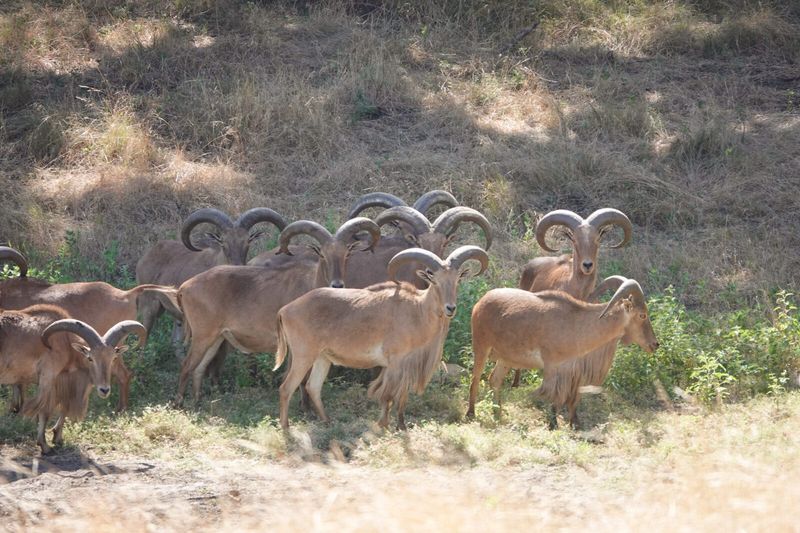
Underestimate their endurance at your peril! Aoudad can maintain a steady trot for hours without tiring. Unlike deer that might circle back to familiar territory, these sheep often travel miles after being spooked.
Their desert-adapted physiology allows them to cover vast distances between water sources. Smart hunters prepare for extended tracking sessions and bring plenty of water – you’ll need it long before they do.
6. Curved Cannons
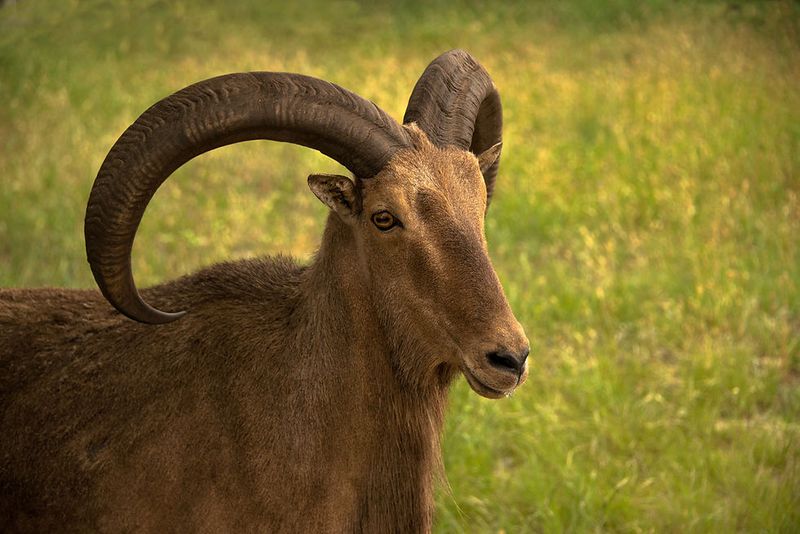
Those massive curved horns aren’t just for show – they’re natural weapons. Trophy rams sport horns reaching 30+ inches, curving gracefully backward then outward and up.
Horn size indicates age and dominance, with older rams commanding breeding rights. When judging trophy quality, look beyond length – base circumference matters too. Truly exceptional specimens have thick bases with pronounced ridges along the outer curve.
7. Water Wizards
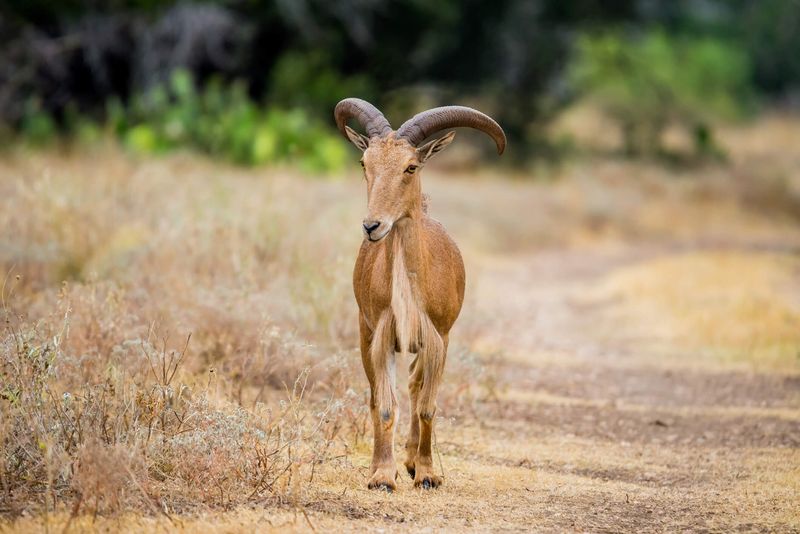
Desert survivalists have nothing on these animals! Aoudad can go incredibly long periods without drinking, getting moisture from vegetation and morning dew when necessary.
They’ve evolved specialized kidneys that conserve water with remarkable efficiency. While they prefer drinking daily when possible, they’ll visit water sources mainly during early morning or late evening. These times offer prime ambush opportunities for patient hunters.
8. Chameleons Of The Canyon

Blink and you’ll miss them! Aoudad’s tawny sand-colored coats blend perfectly with their rocky surroundings. Their coloration varies slightly by region, matching local terrain with uncanny precision.
This natural camouflage makes spotting them extremely difficult, even when they’re in plain sight. Experienced hunters use quality optics and scan methodically, looking for the distinctive horn shape or movement rather than the animal’s body.
9. Family Matters
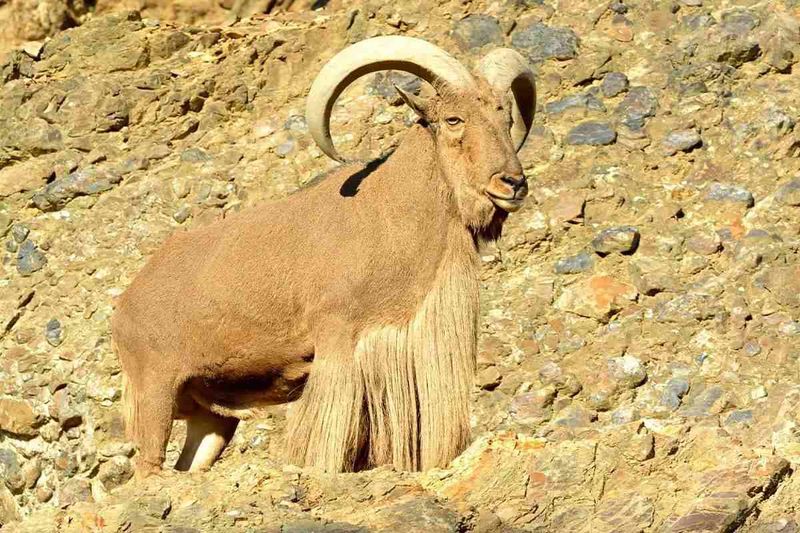
Forget solo stalking – aoudad are rarely alone! They typically travel in family groups of 10-20 animals, with multiple sets of vigilant eyes scanning for danger.
Larger herds sometimes form during winter or drought conditions. This social structure means multiple animals will likely spot you before you spot your target. Patience becomes crucial – wait for the right shot without alerting the entire group.
10. Habitat Heavyweights
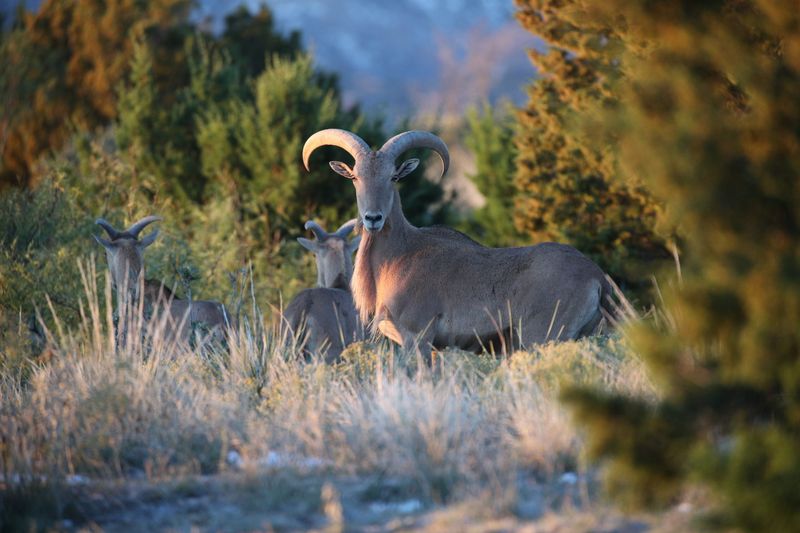
Talk about tough neighbors! Introduced to Texas in the 1950s, aoudad have thrived so successfully that they’re outcompeting native bighorn sheep in some areas.
They adapt to diverse environments from high mountains to brushy canyons. Their incredible adaptability means hunting opportunities exist across Texas, New Mexico, and other southwestern states. Conservation-minded hunters should consider targeting areas where they impact native species.
11. Dawn And Dusk Diners

Early bird gets the… sheep? Aoudad follow strict crepuscular patterns, being most active during dawn and dusk. During these periods, they move between bedding areas and feeding grounds.
Midday typically finds them bedded in shaded areas with good visibility. Successful hunters plan around these patterns, getting into position well before first light or settling in for evening hunts. Their predictable daily movements create strategic opportunities.
12. Master Climbers
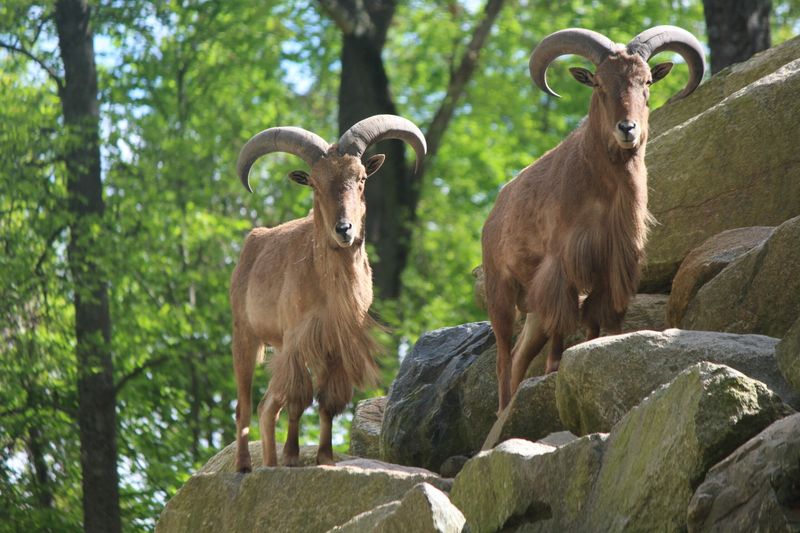
Aoudad’s climbing skills are truly impressive. These animals can scale steep, rocky slopes with ease, navigating terrain that challenges even mountain goats.
Their specialized hooves, with soft centers and hard rims, provide exceptional grip. This remarkable climbing ability makes aoudad one of the most agile mountain-dwelling species.
13. Weather Watchers
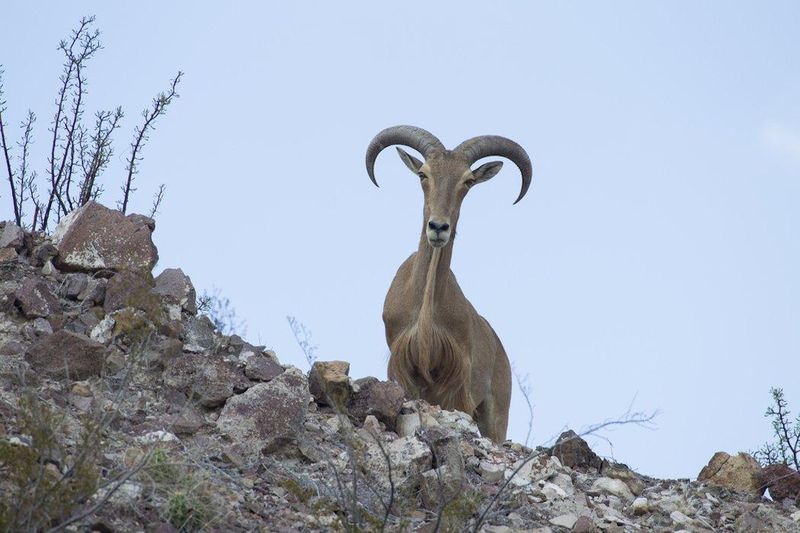
Storm coming? Aoudad behavior shifts dramatically with weather changes. They become notably more active before storms, feeding heavily in anticipation of hunkering down later.
Cold fronts particularly trigger movement as they seek sheltered areas. Savvy hunters monitor weather forecasts closely, planning hunts around approaching systems. Some of the best hunting opportunities come during the calm before the storm.
14. Stealthy Survivors
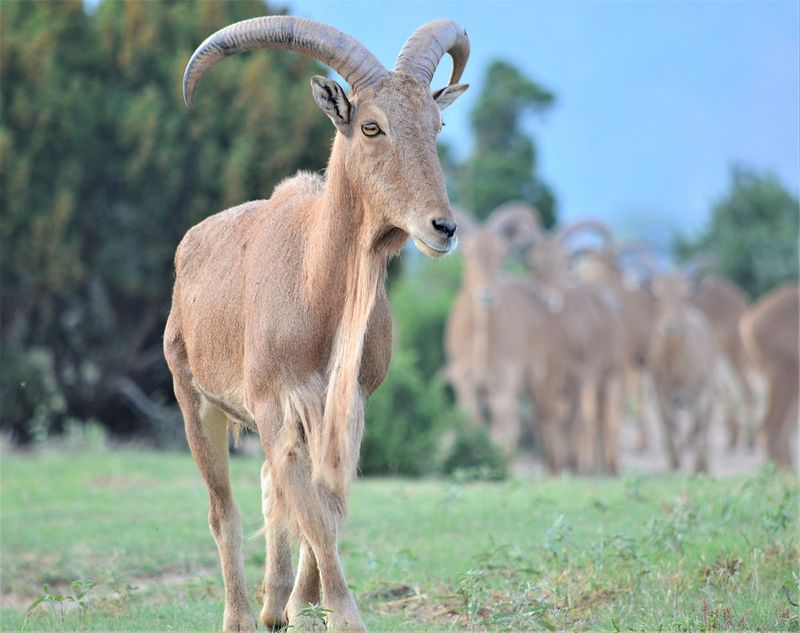
Aoudad’s ability to remain undetected is remarkable, thanks to their natural camouflage. Their tawny coats blend seamlessly with rocky landscapes, making them nearly invisible.
Experienced hunters know that spotting aoudad requires focusing on movement or the shape of their horns. With patience, these elusive creatures can be tracked without detection.





